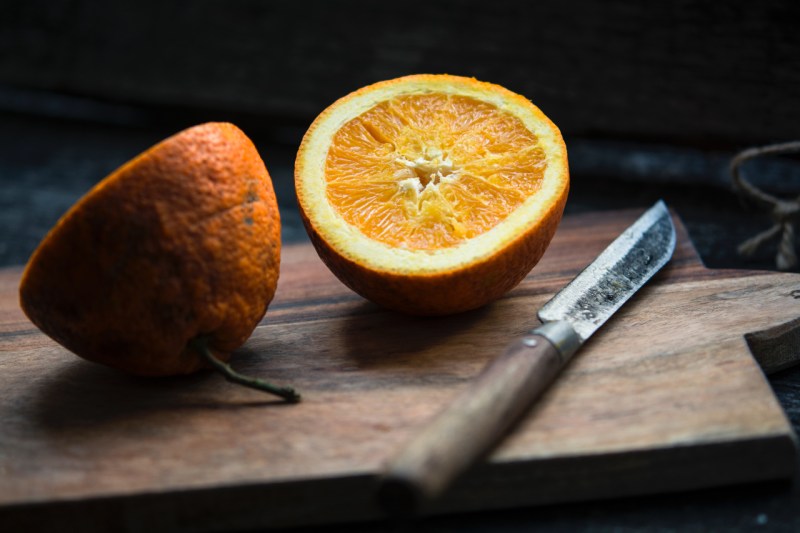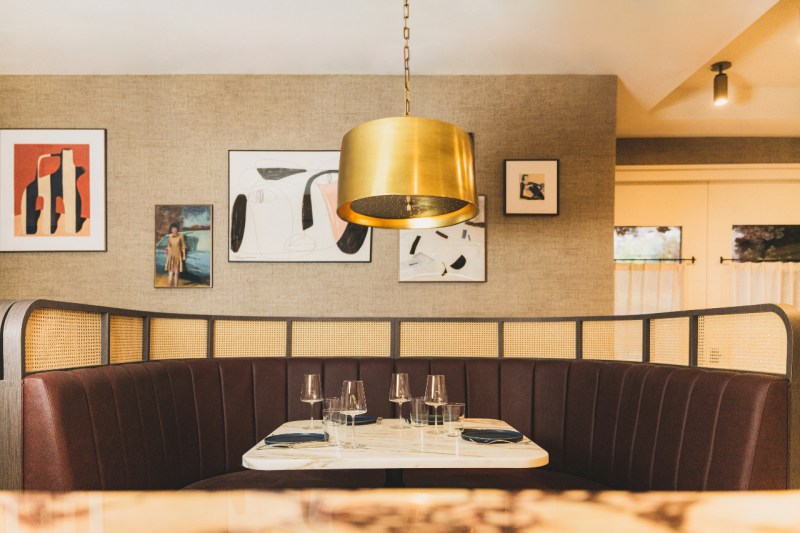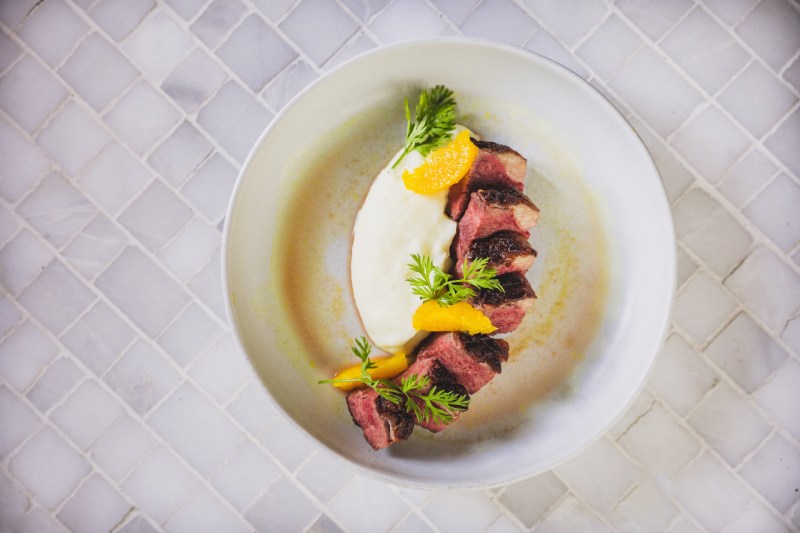A classic of French cuisine, duck a l’orange is a dish that has stood the test of time. This famously old-school dish is a perfect combination of juicy duck accented by a deeply savory and bright citrus sauce. While it seems complex, duck a l’orange can be recreated at home with the right techniques, ingredients, and knowledge.
To help The Manual guide us through this French classic, we’ve enlisted the help of Chanson Le Salon, a modern French patisserie and restaurant in New York City. Helmed by executive chef Frédéric Robert, formerly of the Baccarat Hotel and Clement at The Peninsula New York, his duck a l’orange is a modern yet classic rendition. Using locally sourced duck from Crescent Farm on Long Island, the duck a l’orange at Chanson Le Salon is a great example of a classic done right.
What is Duck a l’Orange?

Despite duck a l’orange being famously French, some scholars believe the dish was exported to France by way of Italy in the 16th century. However, there remains debate on the historical origins as other sources claim the culinary roots of duck a l’orange stem from Persia, a cuisine famous for combining meats with sweet fruit.
Duck a l’orange can be broken down into two main components — a crispy, roasted duck served with a brown sauce laced with stock, juice, and zest of a bitter orange, and a gastrique made from sugar and wine vinegar. When cooked properly, the end goal is a sweet, slightly tangy, velvety sauce that cuts through the richness of the fatty duck. The key to this dish is balancing those flavors and textures.
Techniques and Tips

Tradition preparations of duck a l’orange will often feature an entire roast duck. At Chanson Le Salon, their duck a l’orange is served with the duck breast only, creating a more streamlined, elegant presentation. Unlike chicken or turkey, cooking duck is a completely different process. While chicken breast should be cooked without a trace of pink, duck breast is at its best medium to medium-rare. In this fashion, duck is similar to beef and should be cooked with the same care of temperature control.
Another aspect of cooking duck is properly rendering out the excessive amounts of fat. When you look at a piece of duck, one of the first things you’ll notice is the thick layer of fat between the meat and skin. This fat is highly prized and should be set aside if possible. Duck fat is delicious with potatoes, giving the spuds a rich flavor. To properly prepare a duck breast to render, score the breast by cutting a series of lines across the skin and fat (be careful not to cut into the meat). You can also cut a “checkerboard” pattern into the breast. This scoring process will not only ensure that the fat renders, it will also achieve that desirable crispy skin.
Because the duck is inherently rich and fatty, it’s important that the accompanying sauce is a careful balance of sweet, tangy, and silky. One key ingredient is the citrus. Traditionally, duck a l’orange calls for bitter oranges (Seville oranges), which can be hard to obtain in America. If possible, source bitter oranges for the most traditional taste. However, if you can’t find it, a good substitute is combining equal parts naval orange juice with lemon juice.
Chanson Le Salon Duck a l’Orange Recipe

This recipe is from Executive Chef Frédéric Robert of Chanson Le Salon. The Gastrique sauce used for this dish is an Escoffier recipe and a classic of French cuisine. At the time, the sauce was caramel deglazed with white vinegar. The name “Gastrique” came in the ’80s with the movement of “Nouvelle cuisine” in France.
Prep Time: 50 minutes
Total Time: 1 1/2 hours
Yield: Serves 2
Ingredients:
For Duck:
- 2 duck breasts (Chanson Le Salon use Long Island Crescent Duck from Aquebogue, NY)
- Salt to taste
Orange Gastrique Sauce:
- 3/4 cup brown sugar caramel
- 3/4 tablespoons balsamic reduction
- 1/2 cup 48-hour duck stock
- 1/4 cup orange reduction
For Yukon Mashed Potatoes:
- 5 pieces Organic Gold Yukon Potatoes
- Thyme, garlic, olive oil, salt, and pepper to taste
For Orange Chips:
- 1 orange
- Simple syrup
Method:
- To make Orange Chips: Cut orange thinly with a knife or slicer. Dip the orange slices into a simmering pot of simple syrup for 2-3 minutes. Then, take out and lay the orange slices on a sheet tray with baking paper. Dry the slices in the oven at 200 degrees Fahrenheit for 30-35 minutes until crispy and totally dry.
- To cook the duck: Score the duck skin on the breast, then slowly render it on a low heat fire. Keep the flame on low to ensure the fat on the skin is slowly rendered. For medium-rare meat, cook for 15 minutes or until the internal temperature reaches 130 degrees F. Set aside to rest. Chanson Le Salon likes to butcher a whole duck for this recipe. If preparing a whole duck: butcher the whole bird, rest, and fridge dried-aged for four days.
- To make Yukon Mashed Potatoes: boil potatoes until they are “fork-tender.” Mash and season to taste.
- To make Orange Gastrique Sauce: Mix the brown sugar caramel, balsamic reduction, orange reduction, and duck stock. Cook for 10 minutes or until silky. Add salt to taste. Set aside extra sauce.
- To plate, slice the duck and plate it with the Yukon Mashed Potatoes; drizzle with Orange Gastrique sauce and Orange Chips.
Editors' Recommendations
- Learn how to master the Coquito cocktail with these great recipes
- Make these 5 easy appetizer dips for your Super Bowl party
- These creative, indulgent Valentine’s Day breakfast recipes are tasty treats
- You should know how to make these 5 sauces
- The 5 best Indian butter chicken recipes we’ve tasted




